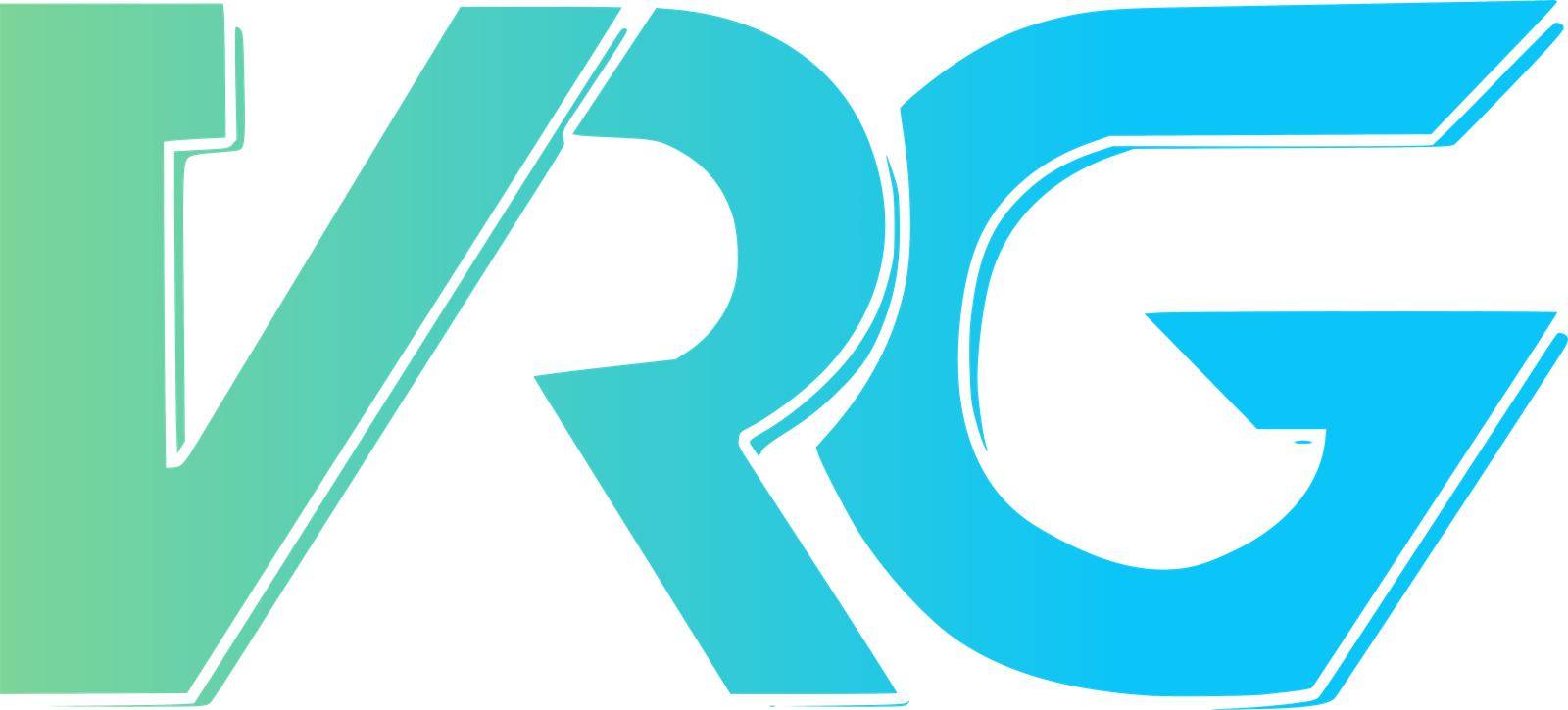The ultimate AR/VR Development Guide: Tools, Trends, and future Insights
Introduction
In this comprehensive AR/VR Development Guide, we will explore the essential tools, trends, and challenges in immersive technology. Welcome to the ultimate AR/VR Development Guide, where we explore how Augmented Reality (AR) and Virtual Reality (VR) are transforming industries. Whether you’re a developer, entrepreneur, or enthusiast, this guide will provide essential insights into tools, trends, and the future of immersive technology. Whether enhancing gaming experiences, revolutioninzing training programs, or transforming e-commerce, AR/VR devlopment is paving the way for immersive digital interactions.
In this comprehensive guide, we’ll dive into the fundamentals of AR/VR, explore the best tools for development, discuss key challenges, and look at the future of these immersive technologies. If you’re an aspiring developer or a business leader, understanding AR/VR development is crucial for staying ahead in this rapidly evolving landscape.
What is AR/VR? Understanding the Differences
Before delving into development, it’s essential to distinguish between AR and VR, as both serve different purposes and have unique technical requirements.
Virtual Reality (VR): Fully Immersive Digital Worlds
VR immerses users in a completely simulated digital environment, typically accessed through headsets like Oculus Quest, HTC Vive, or PlayStation VR.
-
Key applications: Retail (virtual try-ons), healthcare (surgical assistance), manufacturing ( real-time assembly guidance), and navigation ( Google AR Maps).
-
How it works: AR relies on cameras, sensors, and AI driven object recognition to blend digital elementa with physical surroudings.
Why AR/VR Development is Booming
The global AR/VR market is projected to exceed $296 billion by 2025, driven by several key factors:
-
Improved Accessibility: Affordable headsets and smartphone-based AR solutions lower the entry barrier for developers and users.
-
Enterprise Adoption: Companies use AR/VR for employee training, product visualization, and remote collaboration, making it an essential business tool.
-
Enhanced User Experiences: AR/VR creates interactive, immersive experiences that surpass traditional 2D interfaces.
-
Advancements in Hardware: Faster GPUs, improved motion tracking, and lightweight headsets contribute to a smoother, more realistic AR/VR experience.
Top Tools for AR/VR Development
Developing high-quality AR/VR applications requires the right tools. Here are some of the most essential platforms for developers:
1. Unity: The Most Popular AR/VR Development Platform
-
Why use it? Cross-platform support, real-time rendering, extensive asset store, and a strong developer community.
-
Best for: VR games, AR applications, and interactive simulations.
2. Unreal Engine: For High-Quality Visuals
-
Why use it? Photorealistic graphics, real-time ray tracing, and an intuitive visual scripting system (Blueprints).
-
Best for: High-end VR experiences, architectural visualization, and cinematic applications.
3. ARCore & ARKit: Mobile AR SDKs
-
Why use them? Google’s ARCore (Android) and Apple’s ARKit (iOS) provide advanced AR features like motion tracking, plane detection, and real-world interaction.
-
Best for: Mobile AR applications, navigation, and retail experiences.
4. Vuforia: Marker-Based AR Development
-
Why use it? Supports both marker-based and markerless AR, making it ideal for interactive product experiences.
-
Best for: AR marketing campaigns and product visualization.
5. WebXR: Cross-Browser AR/VR
-
Why use it? Enables AR/VR experiences directly in web browsers without requiring additional software.
-
Best for: Web-based AR/VR applications, online shopping, and interactive storytelling.
Challenges in AR/VR Development
Despite its potential, AR/VR development comes with significant challenges:
-
Hardware Limitations: High-performance AR/VR devices are costly and require powerful computing resources.
-
User Experience Issues: Poorly optimized experiences can cause motion sickness, lag, and disorientation.
-
Content Creation: High-quality 3D assets and animations demand specialized skills and long development cycles.
-
Development Costs: Compared to traditional app development, AR/VR projects can be more expensive due to hardware and software requirements.
Future Trends in AR/VR Development
The AR/VR landscape is evolving rapidly, with several key trends shaping the future:
1. AI and AR/VR Integration
Artificial Intelligence (AI) is enhancing AR/VR with smarter object recognition, natural language processing, and personalized interactions.
2. Social AR/VR & the Metaverse
Platforms like Meta’s Horizon Workrooms and Decentraland are shaping the future of social interaction in virtual spaces.
3. AR/VR in Everyday Life
Wearable AR glasses, VR-based workspaces, and AR-powered shopping experiences will soon become mainstream.
4. Cross-Reality (XR) Experiences
Blending AR, VR, and Mixed Reality (MR) into seamless experiences will redefine how we interact with digital environments.
Getting Started with AR/VR Development
If you’re new to AR/VR, here are some essential steps to kickstart your journey:
-
Start with Unity or Unreal Engine for hands-on learning with AR/VR tools.
-
Learn 3D modeling and animation to create high-quality content.
-
Join developer communities to stay updated on trends and best practices.
-
Experiment with AR/VR SDKs like ARCore, ARKit, and WebXR.




